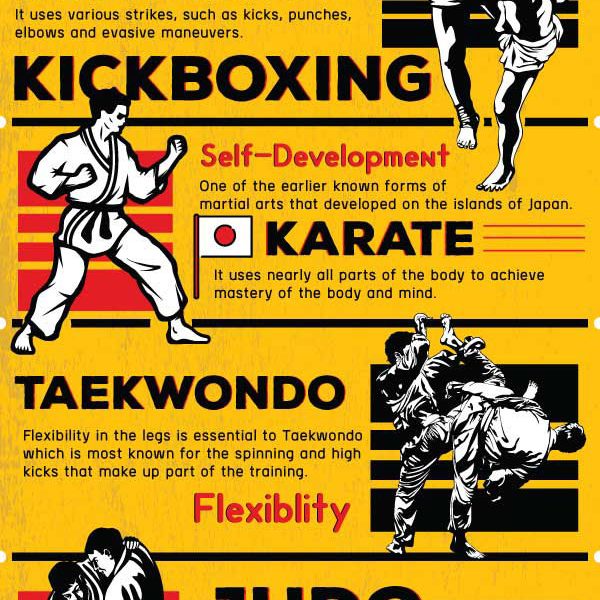The Advancement And Historical Importance Of Martial Arts Throughout Various Cultures
The Advancement And Historical Importance Of Martial Arts Throughout Various Cultures
Blog Article
Content By-Padilla Silverman
Martial arts have a fascinating history that extends centuries and continents. You might find it intriguing just how old methods like Shuai Jiao and Kalaripayattu prepared for modern-day combat methods. These disciplines not just highlight physical abilities however also show the cultures that birthed them. As you explore their development, consider how globalization has changed these traditional forms right into hybrid styles. What influences do you think have shaped today's martial arts landscape?
Ancient Martial arts: The Foundations of Fight
As you delve into the globe of ancient martial arts, you'll discover the abundant foundations that shaped combat techniques across cultures. Early methods focused on Self-Defense and survival, typically incorporating strikes, hurting, and weaponry.
In ancient China, for example, strategies like Shuai Jiao stressed tosses and joint locks, while India's Kalaripayattu showcased agility and fluid movement. Japanese samurai established Kenjutsu, a refined swordsmanship that highlighted technique and technique.
These martial arts offered not just for battle yet likewise as a way of individual development, instilling values like respect and determination. The blending of these methods gradually prepared for the varied martial arts you see today, each mirroring the distinct viewpoints and needs of its culture.
The Cultural Influence on Martial Arts Development
While martial arts typically mirror the practical needs of a culture, they additionally symbolize the social values and ideas of their origins. When relevant web site check out different martial arts, you'll see just how they're influenced by faith, philosophy, and social norms.
As an example, the focus on respect and discipline in Japanese martial arts comes from Zen Buddhism and samurai culture. In contrast, Brazilian Jiu-Jitsu advertises adaptability and approach, shaped by the requirement for efficiency in a diverse, modern environment.
You might find that the routines, uniforms, and training approaches show a community's background and identification. By recognizing these social influences, you deepen your gratitude of martial arts and their role in shaping human experiences across the globe.
Modern Adaptations and the Globalization of Martial arts
Martial arts have actually transformed substantially in current years, adjusting to modern culture and global impacts. You'll discover that traditional types have blended with contemporary strategies, creating hybrid styles like mixed martial arts. These adaptations deal with diverse audiences, making martial arts easily accessible and enticing around the world.
With the rise of social networks and electronic platforms, you can discover tutorials and competitors from all corners of the globe, damaging geographical obstacles. This globalization has led to a common gratitude for numerous self-controls, from Brazilian Jiu-Jitsu to Taekwondo.
As you engage with these arts, you'll realize they're not practically battle; they promote physical fitness, self-control, and mental wellness.
Ultimately, modern-day adjustments have enhanced the martial arts landscape, making it a vibrant and evolving practice.
Conclusion
In checking out the background and evolution of martial arts, you uncover a fascinating mix of strategies, societies, and ideologies. From old disciplines like Shuai Jiao and Kalaripayattu to the contemporary flexibility seen in MMA, martial arts show humanity's mission for Self-Defense and personal growth. As you engage with these practices, you not only gain abilities yet likewise a much deeper gratitude for the varied customs that form our world today. So, proceed mixed martial arts classes for adults near me and welcome the art of battle!
